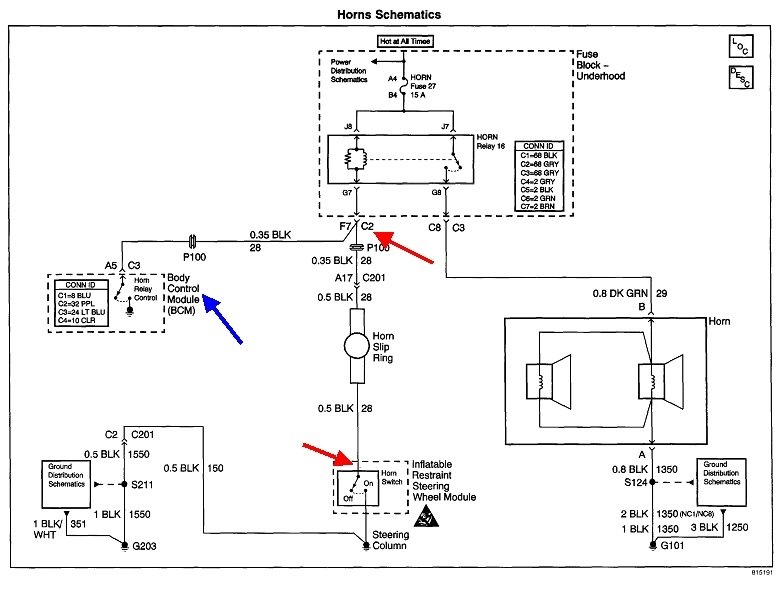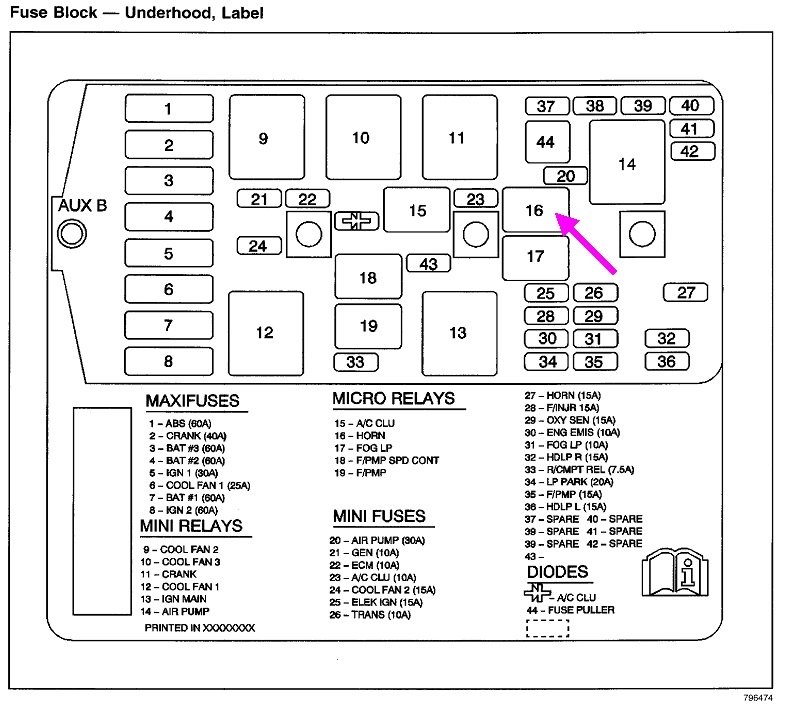Twenty years ago I was invited by the owner of the company to visit Downtown Radio of Denver. They were one of three authorized warranty repair centers for Chrysler and GM car radios, and they repaired digital instrument clusters. As a hobbyist and tv repairman, we do things quite differently. We diagnose down to the component level, meaning the failed transistor or resistor, repair that, then try to figure out why it failed and if there's anything we can do to prevent it from happening again. Testing consists of letting the product run on the test bench for a few hours.
The repair center takes a different approach. They don't have time to diagnose and repair each item. They just pop in a new circuit board, then the product goes through hours of heat and vibration testing. If it passes, each one gets a new faceplate, then it's shipped out as a warranty replacement. They spend way more time on testing, but that new board they put in was likely built at the same time as all those others that are developing problems. For example, I ran into hundreds of one radio model that would develop one of four problems, all related to four transistors that were high-failure items. I replaced all four of them on every radio I got in for repair. If a new board was installed at the authorized repair center, were they being supplied the same boards with the high-failure transistors, or were they getting upgraded boards? Also, as far as I'm concerned, throwing away an expensive board that could be repaired with less than a dollar's worth of parts, and an hour of time was a better choice.
The point is, those professionals put a lot more emphasis on testing to insure you get a properly-working product. Testing a car radio consists of pushing a dozen buttons, and looking for good sound quality and system operation. Engine Computers can have over 100 wires, and many dozens of input and output circuits that all have to operate in relation to each other. It is not practical for a person to manually connect an intake air temperature sensor to see if it reads correctly, then see if it still does so when the radiator fan relay is commanded on, and then when the computer gets an input pulse from the crankshaft position sensor. Even if it were practical to do that, it is just one set of three variables when there are dozens of variables to consider that make up an infinite number of combinations.
This reminds me of a local race car manufacturer that used to be in my city. We also had a local short-track champion who was one week away from going to Nascar before he was involved in a tragic crash. Every once in a while, the car manufacturer would get a call from a customer who was having a specific handling problem at one race track. The owner would come to the shop of the local driver and set his car up the same way, then, out on the local track, he would use race night to experiment with different adjustments, then contact the customer with suggestions. The variables he looked at included, tire sizes and differences side-to-side, tire pressures, degree of banking on a certain corner, track and air temperature, humidity, weight distribution, alignment angles, pretension on the two anti-sway bars, and numerous other things.
One day that guy showed up while I was visiting the shop, and said, I guess we'll set it up to be a race winner tomorrow night. He wasn't kidding. Most of his work involved adjusting the anti-sway bars. The next night that car won its heat race and the feature race. Not even Dick Trickle could keep up to him.
The point of that sad story is they had to know what all the variables were, and how they interacted with each other. There are a lot of places you can send an Engine Computer to for repair, but do they diagnose each one individually like I did with car radios, and do they verify proper operation while manipulating all those variables?
You also were wondering how these failures occur? I mentioned component failures like transistors that aren't beefy enough. Let me make a side note for a minute. When transistors are manufactured, they go through all kinds of tests to include vibration, humidity, frequency response, and adherence to design specifications. If a transistor passes every test, it's good for military use. If it's almost as good but maybe falls short in one or two areas, it's still good enough for our cars and home computers. It can fail many more tests but still be good enough for consumer products. If it fails almost every test, but is otherwise still a working transistor, it gets packaged up with a bunch more like it, and they're sold to hobby shops and the likes of Radio Shack. Car manufacturers pay a lot more for an electronic part than you can buy a replacement for, simply because of the rigorous testing. That doesn't mean one won't fail though.
In its most basic form, think of a transistor as a two-terminal switch, and current through it is turned on and off according to the voltage applied to its third terminal. It could develop high resistance so it doesn't let full current flow through it when turned on. It could become shorted, so it's always conducting current, even when we don't want it to. Halfway in between, it could become "leaky", meaning a little current gets through when it shouldn't. That is often aggravated by heat. Current flow through the transistor creates heat, and heat is the deadly enemy of transistors. The most common place to hear the results of leakage is in the background static in your home stereo speakers. That can become very loud, with popping and sizzling sounds. We often identify the culprit by spraying it with "Freeze Mist" from a spray can, to cool the part.
Now consider there are thousands of transistors built into integrated circuits, and every computer has at least one microprocessor, and those can easily have millions of transistors inside. Every one of them has to work perfectly all the time. This makes my head spin, and it's why I prefer to drive older vehicles.
There's many capacitors and resistors in every computer module. Those have their own ways of failing. There's also many heavy transformers that are usually just held in place by their terminals that are soldered to the circuit board. With constant vibration, it's a wonder more of them don't develop broken solder connections. Vibration and temperature changes can cause a bad connection to work at times and fail at other times. All of these things, from leaky transistors, to poor solder connections, can cause intermittent problems. If those defects don't cause a problem while the computer is being tested, the technician won't have any way of knowing that potential problem exists. It could be up to the person who receives it to discover the intermittent problem after he went through all the work of replacing it. That's why the better repair shops provide a warranty on their products.
Be aware too that GM is not in the business of repairing computers. When you order a rebuilt computer through the dealer, it might actually come from one of their authorized repair centers, or it could have come from that repair center, to GM, and then through their shipping channels to the dealer. When you deal with a repair company, you might be working with the same company that does the repairs for GM. One that I'm aware of is United Radio in Syracuse, NY. Another used to be Instrument Sales and Service in Kent, WA. I never dealt with them.
This is where it would be better if they just popped in an entire new circuit board. I don't know how to tell if that was done, except it would most likely be more expensive than just replacing a few parts on a used board. I can share that with Chrysler computers and other electronics, their part numbers end with "-AA" at first. If a revision is done, either at the factory or after it has been removed from a customer's car, it will be labeled "-AB". I've seen radios as high as the suffix, "J".
When a computer gets a major revision that might even include an entirely new board in the old housing, it gets a new part number. That could be on a preprinted sticker, or it could be hand-written on a generic sticker. This is why, at least with Chrysler products, when looking for a computer or other electronic module in a salvage yard, go by the application, not the part number. If the part number is the same as on your old part, they are the same. If the numbers are different, that replacement part could still work in your vehicle. It's just an upgraded part. I'm sure GM has a similar way to read their part numbers. The people at most salvage yards should be able to help with deciphering those numbers.
Thursday, November 19th, 2020 AT 5:58 PM







